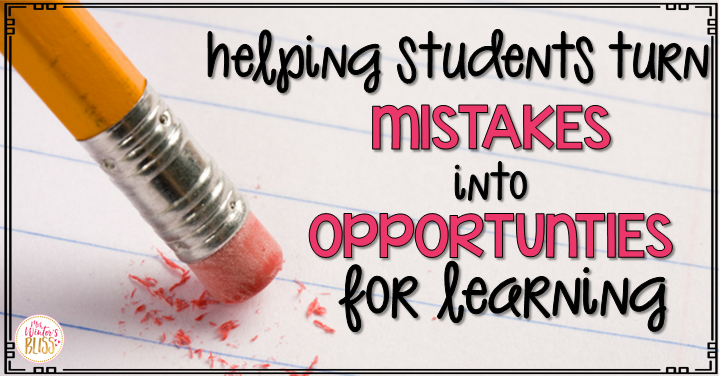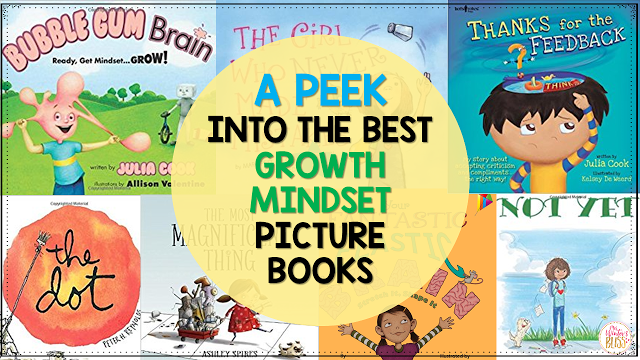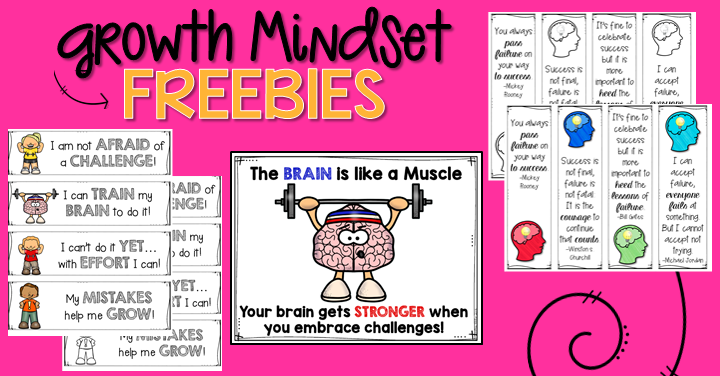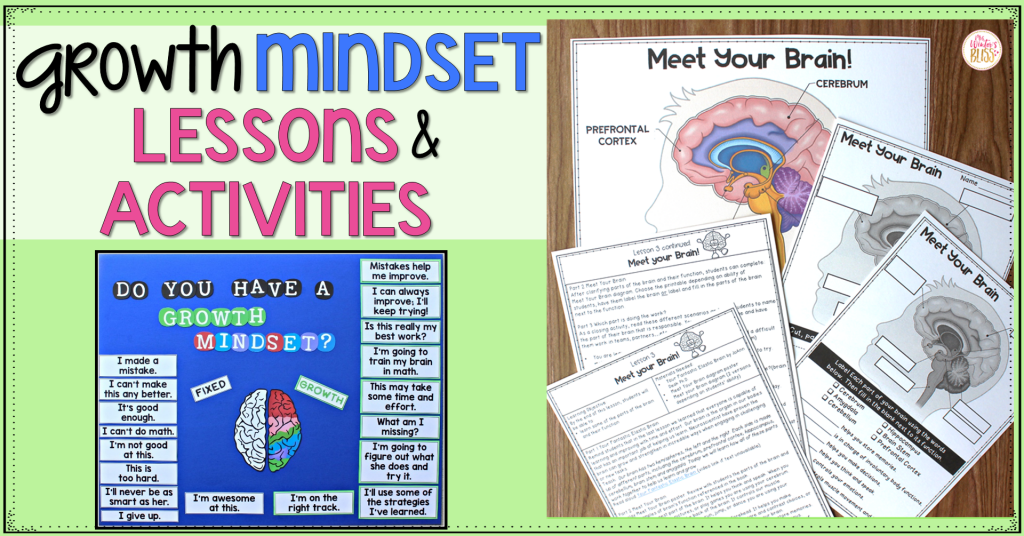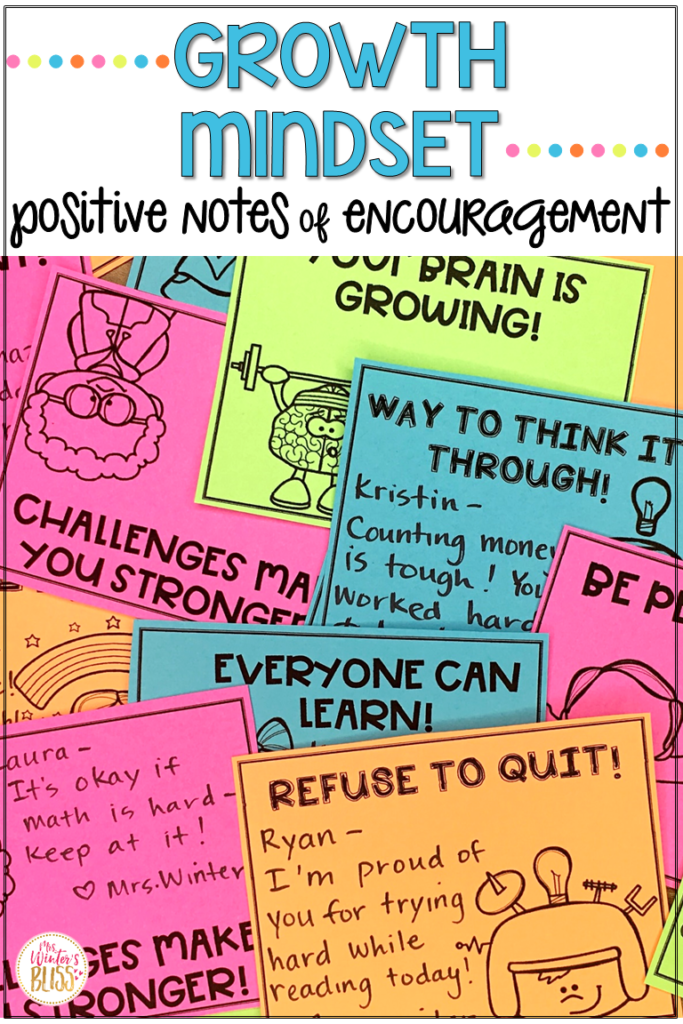
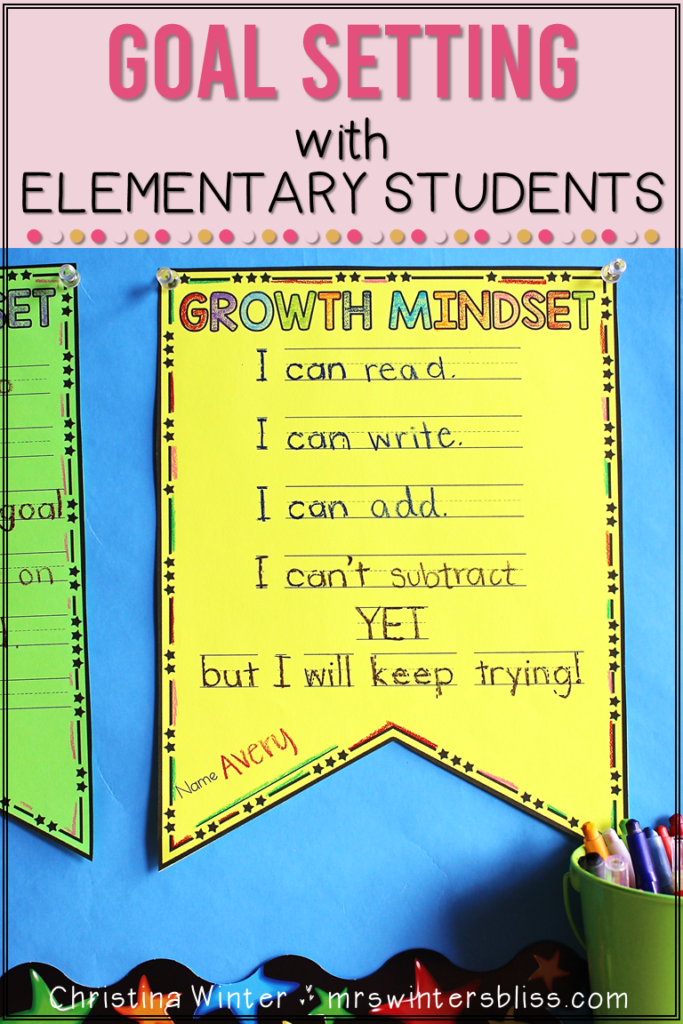
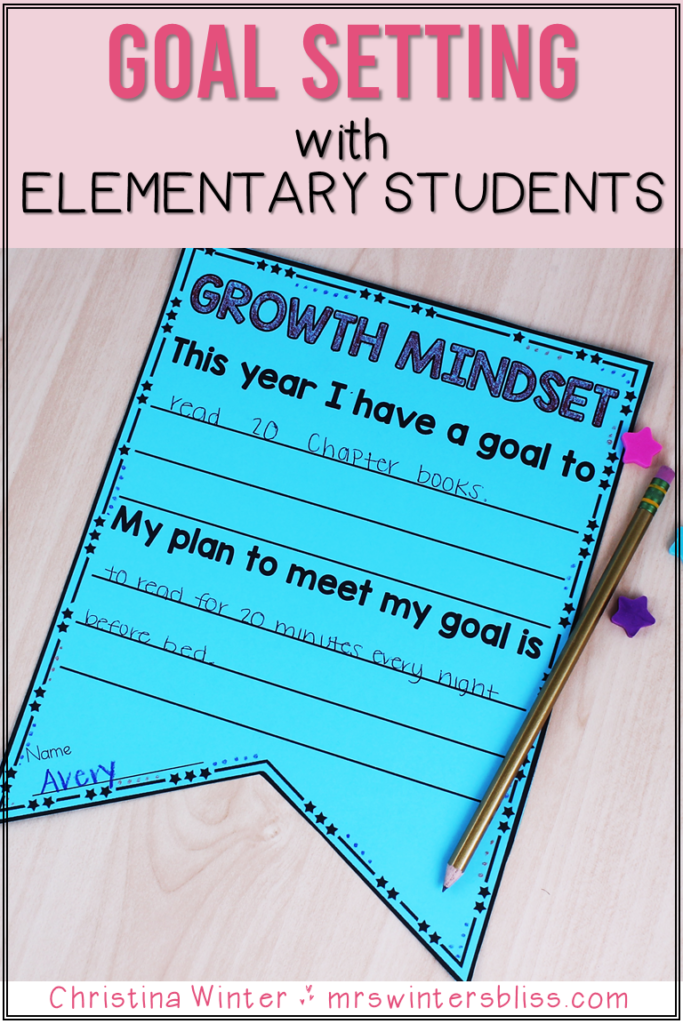
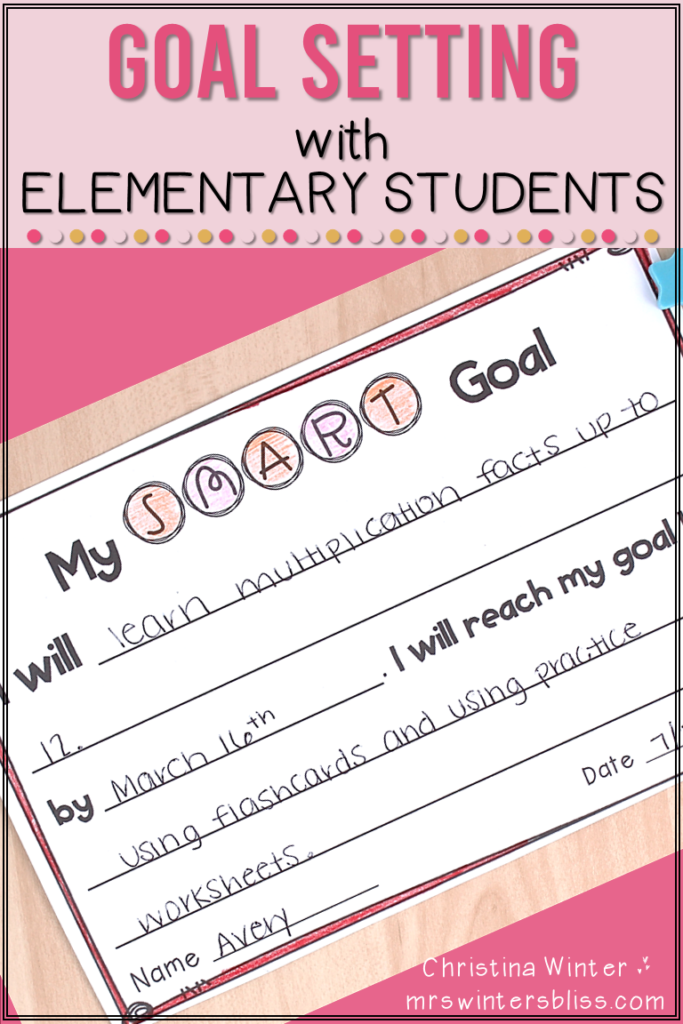
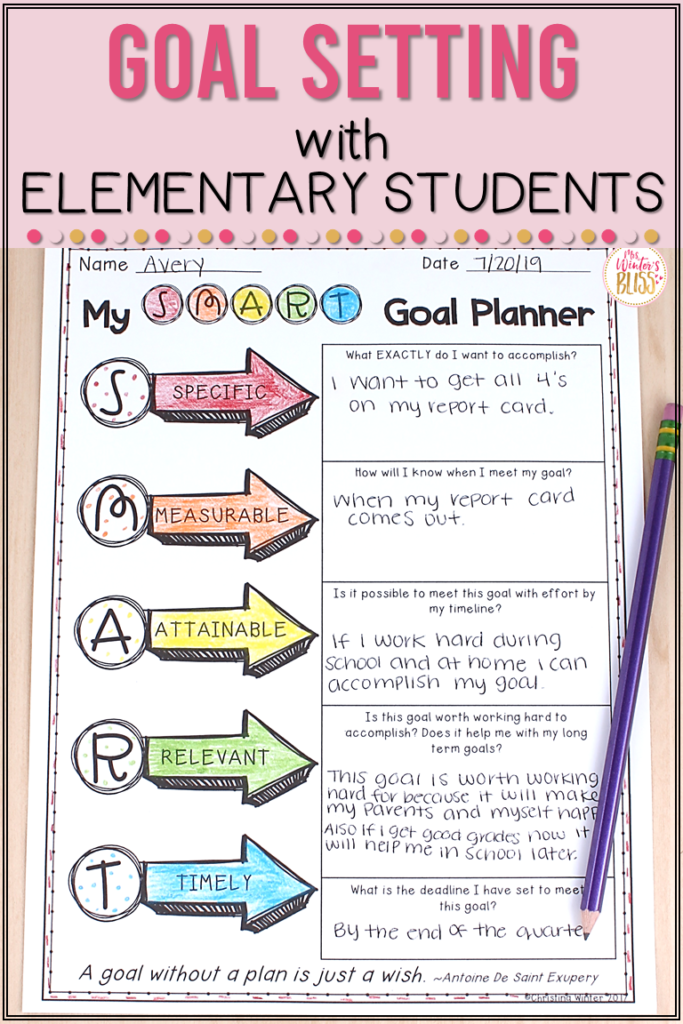
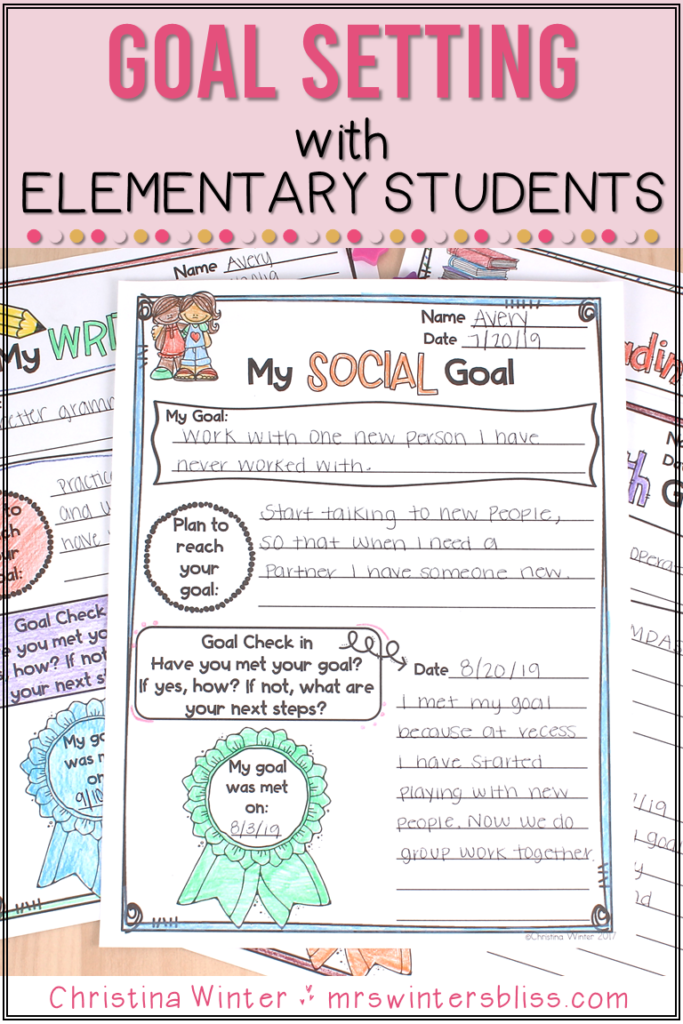
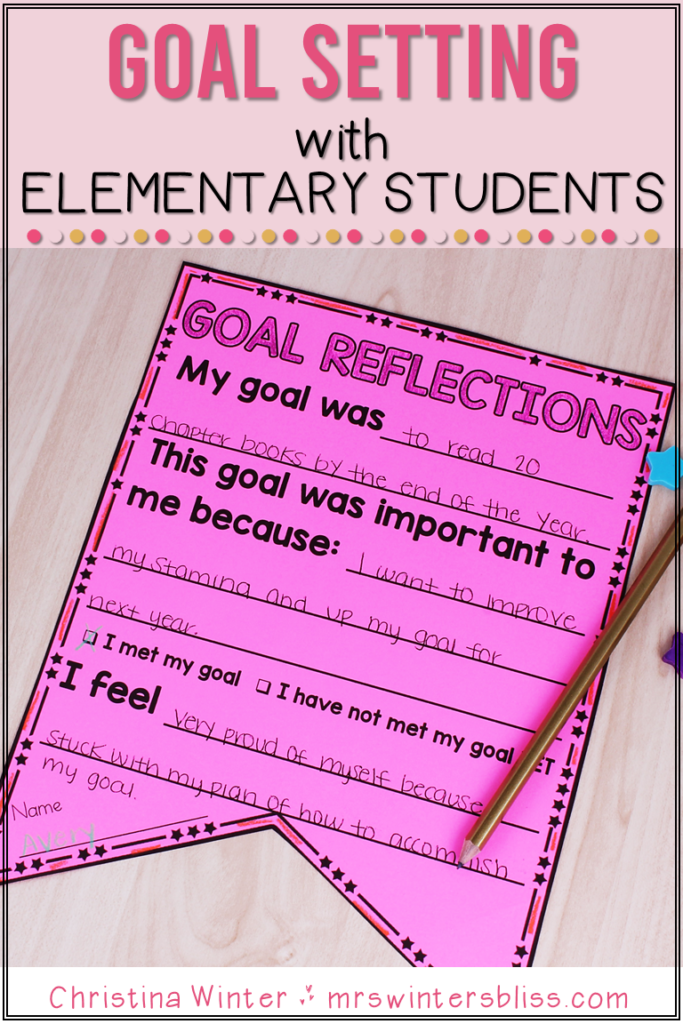
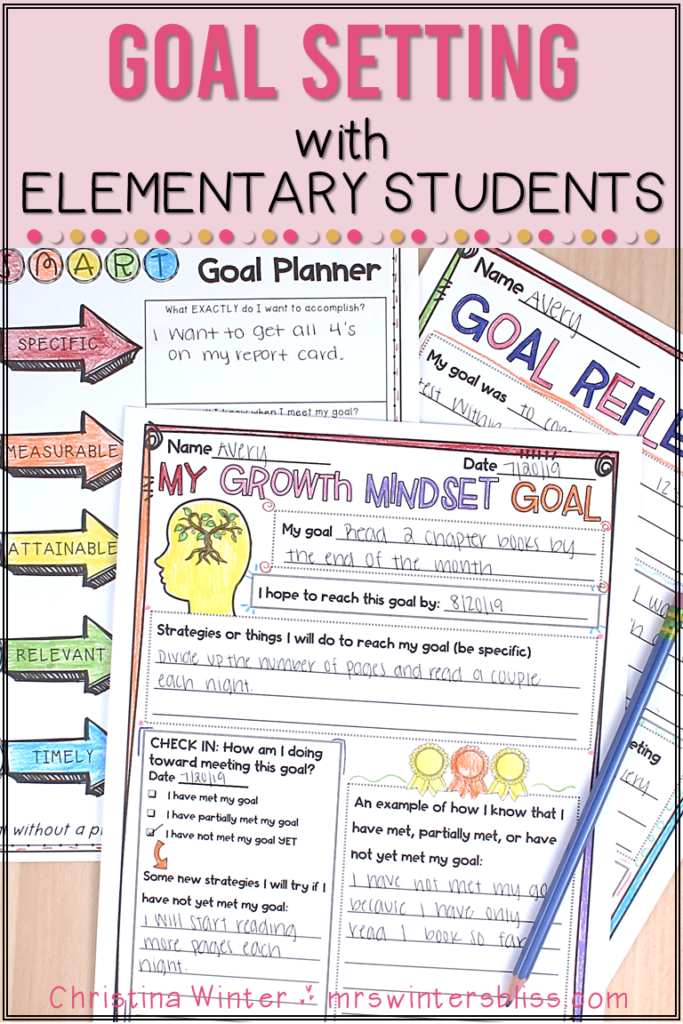
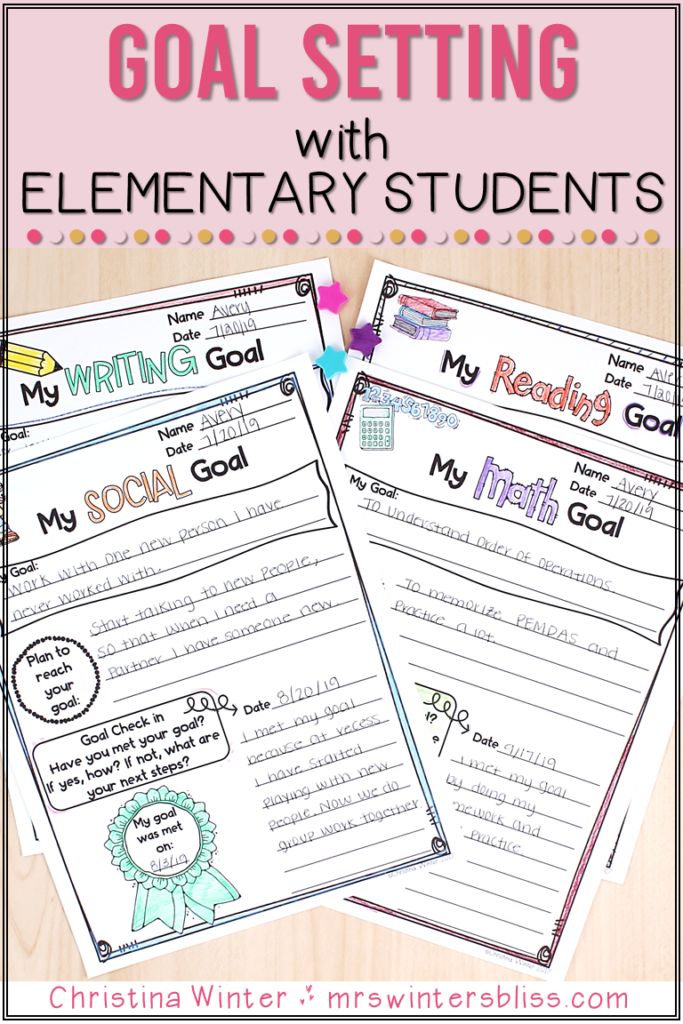

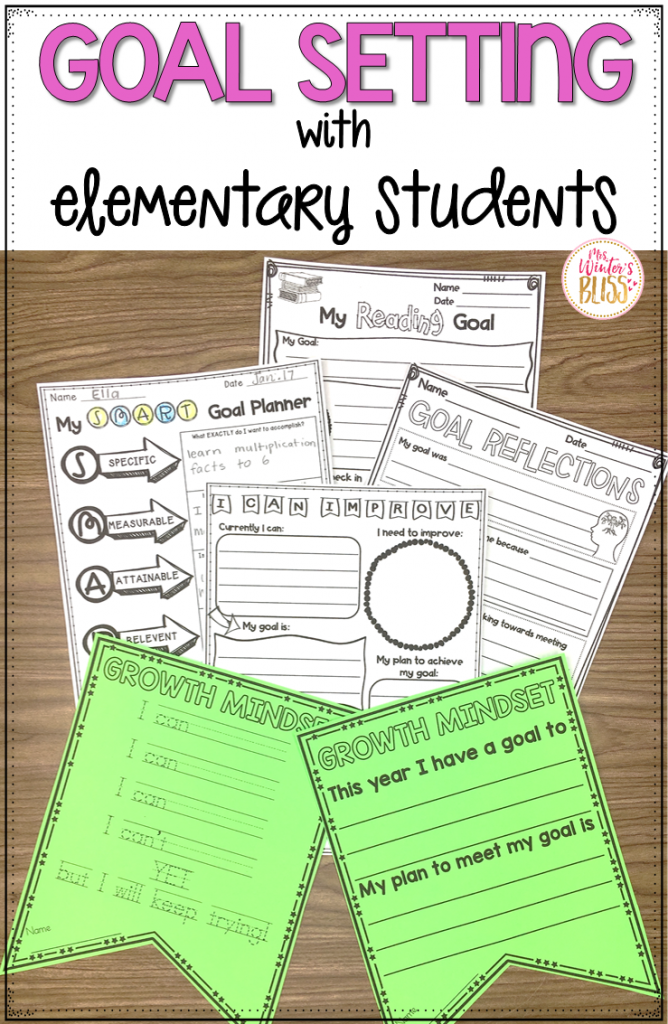
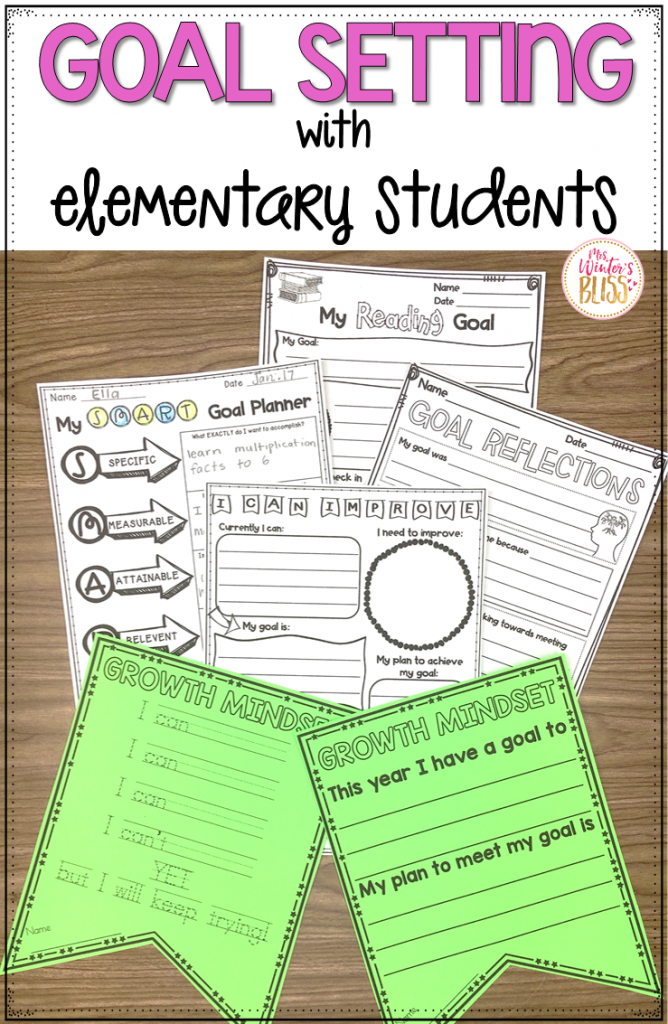

I’ve shared ideas and resources for goal setting with elementary students. All students need to be explicitly taught how to choose, set, and reflect on goals.

Hello Friend!
In my growth minded classroom student goal setting and reflection is routine practice. Prior planning, achievement, and reflection of goals make new challenges even more achievable since students have a clear understanding that their continued efforts will lead to success.
Goals come in many forms; they may be purely academic, social, or goals even may have to do with character building. All students need to be explicitly taught how to choose, set, and reflect on goals. It is not an instinctive skill, even for most adults.
Even our youngest learners can have a clear understanding that a goal is just an area of weakness we need to strengthen and celebrate improvement!
For older students, you may want to determine the difference between performance goals and learning goals.
Goal types defined by Carol Dweck:
Performance Goal: a goal that focuses on demonstrating tasks, content knowledge, skills or abilities, and often how the acquired skill or task will be judged in comparison to others (getting an A in French class).
Learning goal: a goal that focuses on overall learning, particularly how mastery of a skill or concept will develop understanding and ability to subsequent learning and challenges (being able to speak French).
Students who set learning goals focus on true mastery- a deep understanding from which students can draw conclusions, connect ideas, and build relationships to new skills and concepts. Learning oriented goals help students develop grit and dedication to learning over time, as opposed to performance goals, which are more about proving intelligence or ability on isolated tasks.
Research tells us that while both types of goals help students achieve in school, learning goals lead them to greater understanding and enhance their ability to apply what they’ve learned in new ways in future challenges.
Why Set Goals?
During explicit teaching of growth mindset lessons, students learn that our abilities are not fixed, that our brains are malleable, and can grow with determination and grit. When students understand that their intelligence is not limited, goal setting is the pathway to their success.
A goal is an outcome, something that will make a difference as a result of achieving it. It can’t be too ambitious to be out of reach, but also not so simple that it does not challenge. A goal has to be realistic with a stretch, requiring effort and focus to achieve it. That’s why goals need timeframes and measurable action steps along the way so that we can keep track of progress and make adjustments as necessary.
By setting goals, measuring and celebrating their achievements, students are able to see what they have done and what they are capable of. Seeing their results gives the confidence and assurance that they need to believe they can achieve higher goals.
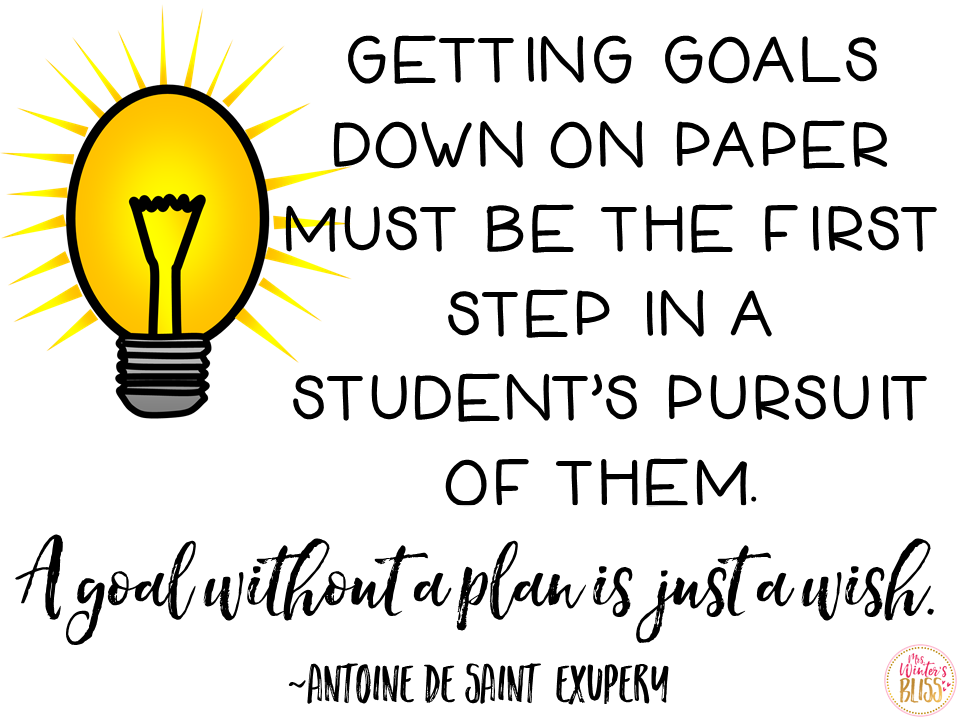
SMART Goals
Setting specific and attainable goals can be a difficult task for some students. Even with explicit directions and extensive modeling, many students will write vague and generic goals like: I want to read harder books or get better at math.
If SMART goal setting is new for your students, take time to clearly model and discuss each part of the SMART framework. Expect this process to be a series of lessons the first time through.

Make an anchor chart clearly defining and giving examples of:
- What is specific vs vague?
- What is measurable vs non measurable?
- What does attainable mean? Will this be too hard, too easy, or make me stretch a bit?
- What is relevant? Is this important for my long term growth?
- What is timely?
Many teachers have goal setting success when students focus on a behavior goal as their first SMART goal, as it is a bit more tangible to them. In addition, if you are starting goal setting at the beginning of the year, this is another opportunity to establish expected behaviors with your students.
Here is a great SMART goal setting informative video (appropriate for upper elementary students)
Using a SMART goal graphic organizer will help plan and make goal setting easier for students.
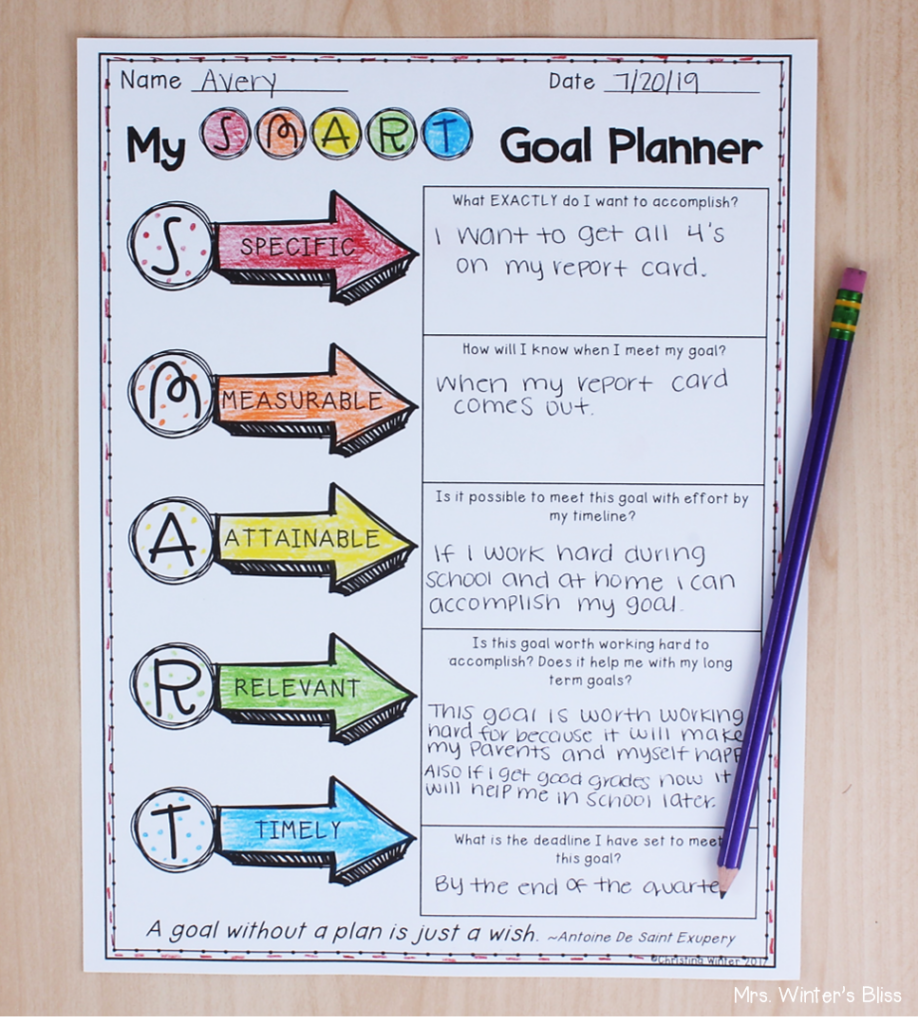
Although your students should choose individual goals, collaborating with peers about their specific goal and action steps can help with the process and build accountability.
Once you have worked through the planning process of goals and action steps, students can write their goals and action steps on a desk visual reminder and/or transfer their goal to the My SMART Goal paragraph to hang in the classroom.
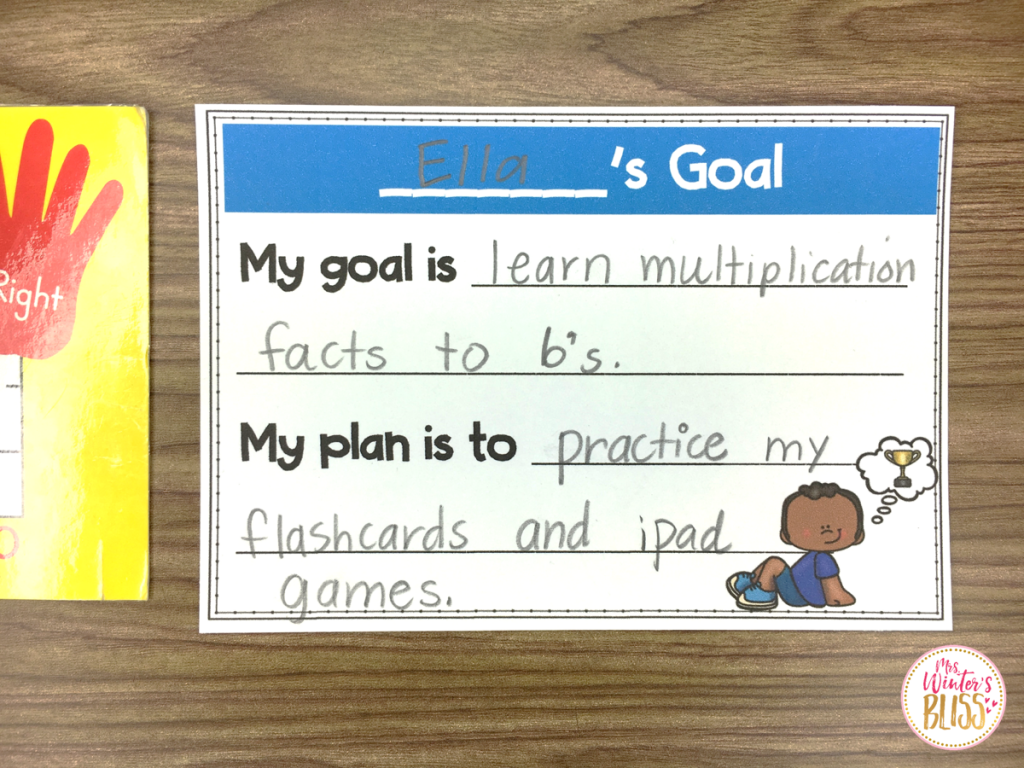
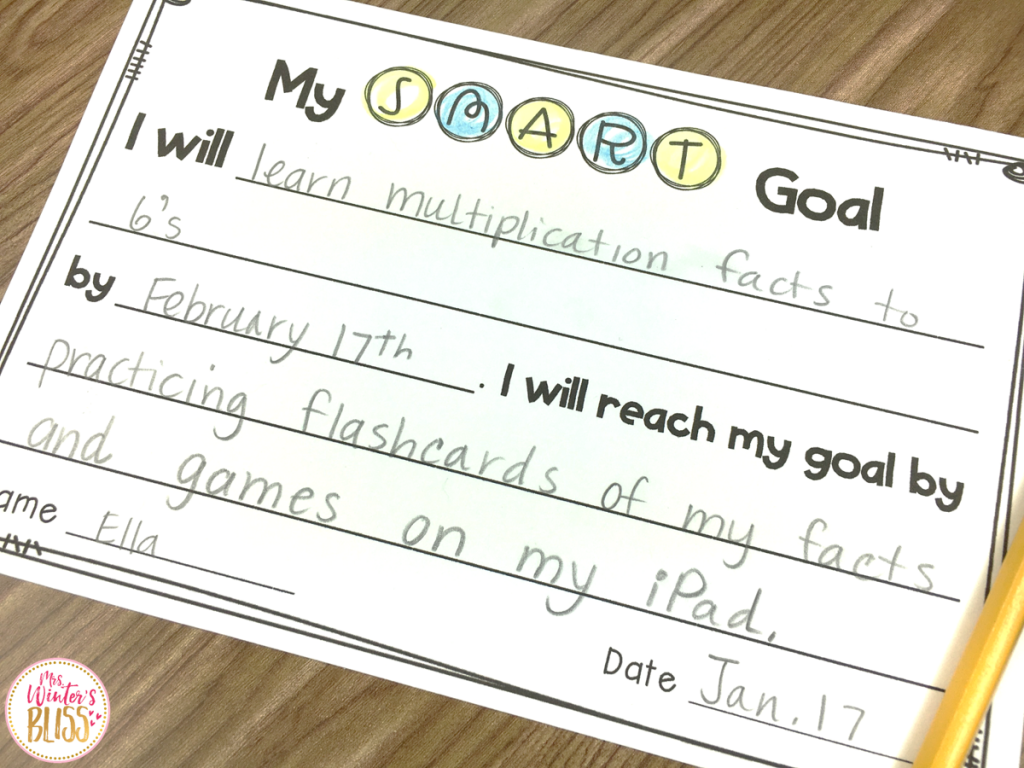
-
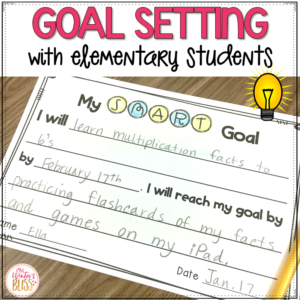 Goal Setting – Growth Mindset & SMART GoalsEarn 0 Reward Points
Goal Setting – Growth Mindset & SMART GoalsEarn 0 Reward Points
$4.50
Goal Setting Celebrations
No matter what type of goals your students are achieving, find a way to celebrate their success. It could be as simple as a shout out or sticker, a positive note of encouragement, a visual representation on a designated bulletin board, allowing them time to share their goal reflections with their peers, etc.
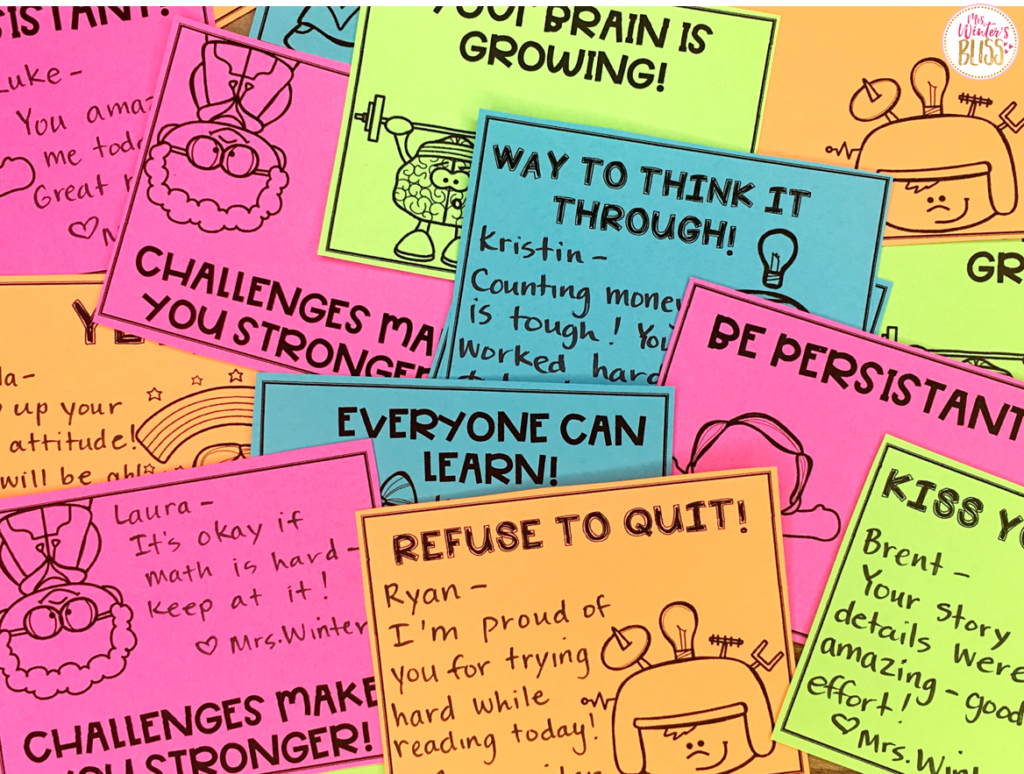
Students should have a tangible way to feel accomplished which will lead to motivation to take action on new goals. In addition, other students can feel encouraged that their peers have similar struggles and have met them with success over failure.
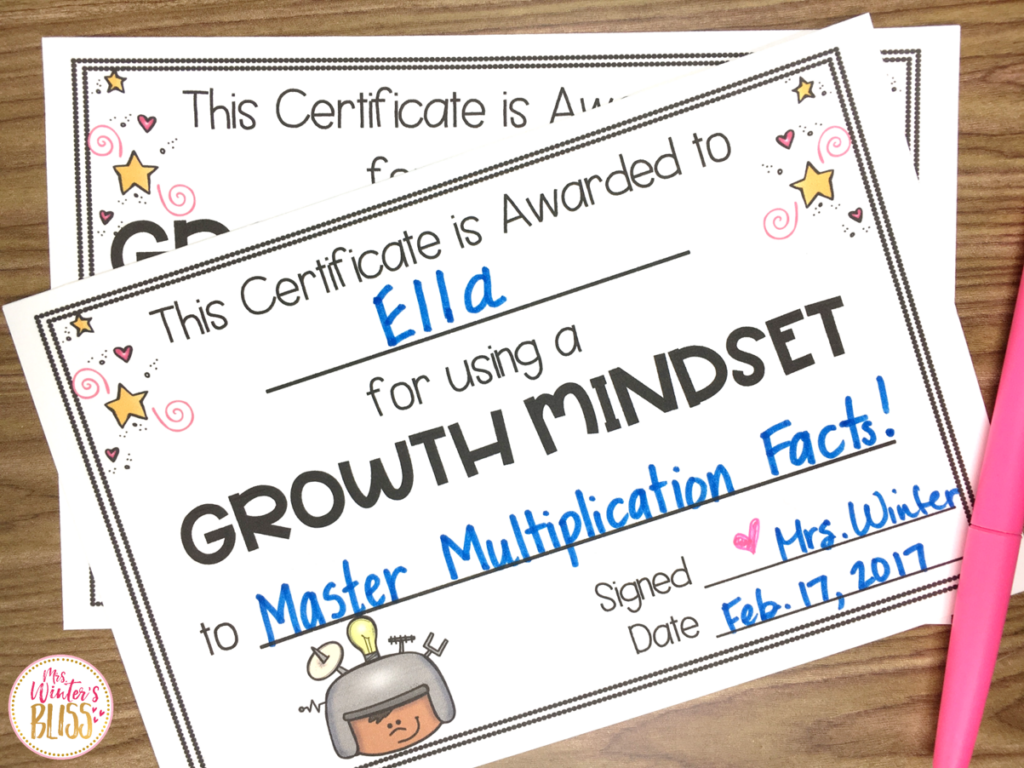
Included in my Goal Setting for Students resource are goal setting read-aloud book suggestions, notes for the teacher, teaching posters, many options of Growth Mindset goal recording sheets, SMART goal planning & recording sheets, goal reflections, goal pennants, and student award certificates.


-shop this post-
-
 Goal Setting – Growth Mindset & SMART GoalsEarn 0 Reward Points
Goal Setting – Growth Mindset & SMART GoalsEarn 0 Reward Points
$4.50
I hope the ideas and resources I’ve shared will help make goal-setting with your students more meaningful and effective this year!
–PIN for LATER–

.



